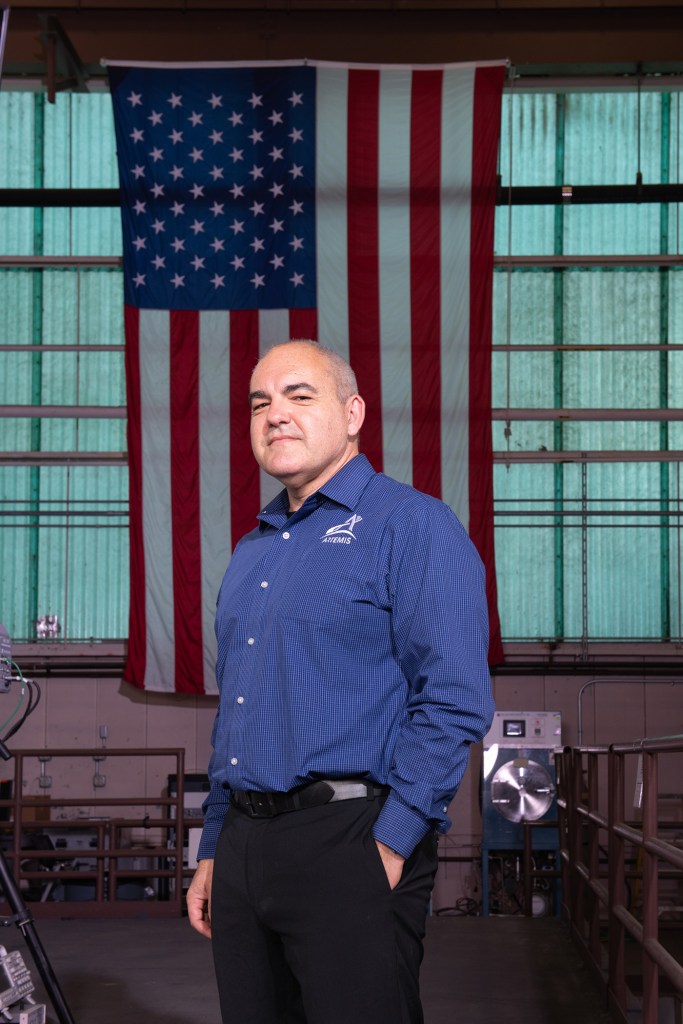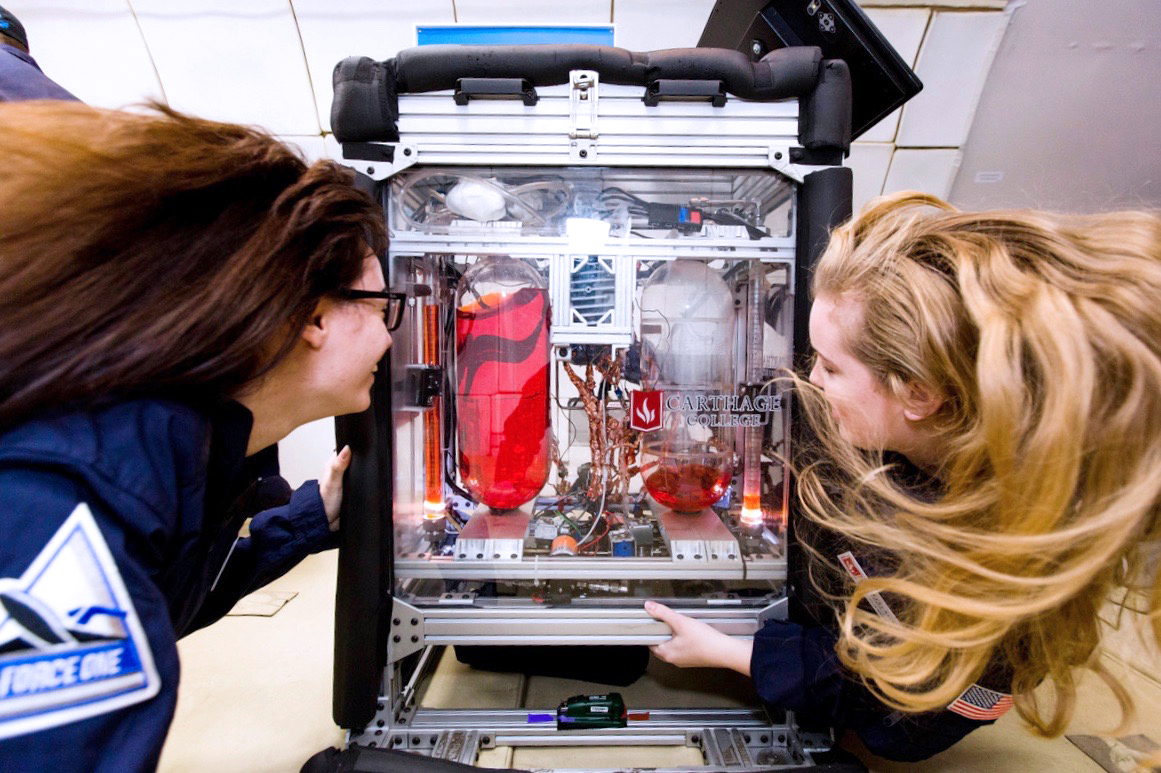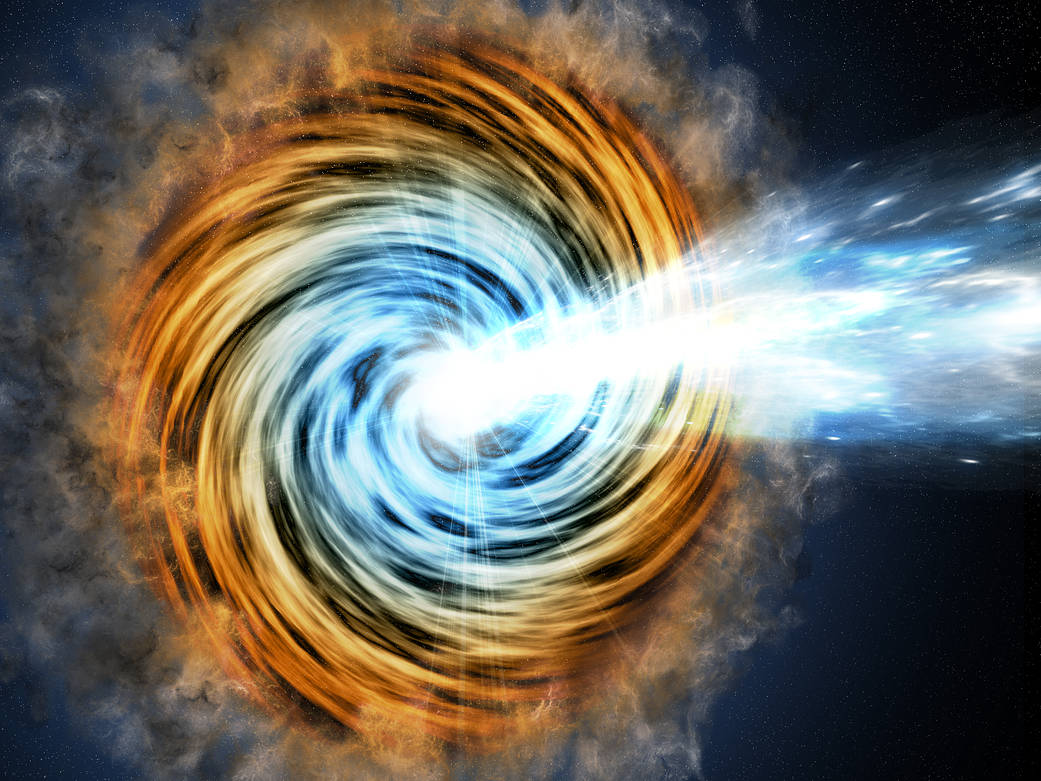Shirley J. Dyke
Purdue University
Resilient Extra-Terrestrial Habitats (RETH)
Vision
The vision of the RETH Institute is to develop and demonstrate transformative smart autonomous habitats and related technologies that will adapt, absorb and rapidly recover from expected and unexpected disruptions to deep space habitat systems without fundamental changes in function or sacrifices in safety. Incorporating a system resilience approach will be the turning point in achieving permanent deep space habitats.
Background
Deep space habitats require groundbreaking technological advances to overcome the unprecedented demands introduced by isolation and extreme environments. An Earth-independent permanent extraterrestrial habitat system must function as intended under continuous disruptive conditions that occur during both manned and unmanned conditions. Designing for the demands that extreme environments will place on long-term deep space habitats, such as wild temperature fluctuations, galactic cosmic rays, destructive dust, meteoroid impacts (direct or indirect), vibrations, and solar particle events, represents one of the greatest challenges in this endeavor. This context necessitates that we design and operate deep space habitat systems to be resilient. Yet, resilience is not simply robustness or redundancy. Instead, it is a comprehensive approach that accounts for disruptions through the design process and adapts to them in operation. However, we currently lack the innovative design frameworks and technologies needed for deep space habitats to successfully achieve this level of resilience and function autonomously under (and transition between) a variety of unmanned and manned operating modes.
The Resilient ExtraTerrestrial Habitats research institute (RETHi) will harness promising next-generation technological advances to overcome the grand challenge of deep space habitation. By leveraging world-leading expertise in developing civil infrastructure responsive to catastrophic natural hazards and merging it with leaders in the fields of autonomous robotics, hybrid simulation, machine learning, smart buildings, complex systems, and diagnostics and prognostics, we will develop and demonstrate the transformative technologies needed to construct resilient deep space habitats that can adapt, absorb and rapidly recover from expected and unexpected disruptions to deep space habitat systems without fundamental changes in function or sacrifices in safety.
The RETH Institute is focused on the effective and efficient design and development of a resilient autonomous SmartHab as a complex system (i.e. characterized by a high degree of technical complexity, social intricacy, and interconnected processes). This institute will focus on several key conditions that challenge the development of resilient autonomous deep space habitat systems. First, since the habitat system is subjected to extreme adversarial and environmental conditions, the occurrence of failure is inevitable. Although the habitat system must continue to operate in degraded (a.k.a. survivability) mode, the emergent behavior of such complex systems cannot be clearly understood by studying its components in isolation. Second, in complex systems, where catastrophe involves cascading and often unforeseen faults and failures, traditional risk assessments based on a failure-centric viewpoint are not sufficient. These systems contain changing mixtures of latent faults and failures. Suppression of all latent failures is limited, primarily due to feasibility constraints (cost, transportation and construction). In addition, the complexity of such interconnected systems makes it difficult to understand how such failures might contribute to system catastrophes. Last but not least, in a SmartHab, human operators and autonomous robotic systems can play dual roles: as producers of, and as defenders against, failures.
SmartHabs will need to have appropriate defenses that combat both the hazards, deterioration, and commonplace faults that may occur in all electro-mechanical systems, while specifically incorporating principles of resilience to reduce, capture, model, and control emergent behaviors that complex systems exhibit.
Research Objectives
RETHi will provide an agile and efficient organizational structure to strategically meet the following tightly-integrated key research objectives:
- Establish a control-theoretic resilience framework to support resilient design, operation and management while anticipating an evolving and growing habitat over time;
- Conduct the research and development to establish SmartHabs with autonomous abilities to sense, anticipate and respond, under a variety of manned and unmanned configurations;
- Develop decision-making techniques that can weigh alternatives for complex interconnected, interdependent habitat systems, while also understanding, and when necessary combating, the natural human instinct to interfere or override automated systems; and
- Contribute to NASA’s mission to educate the next generation of engineers and scientists, while building partnerships with US industries and organizations, and other nations, and generate research and data products that will inform and guide future R&D.
Impact
RETHi will achieve resilience by using a control-theoretic approach that supports smart habitat system architecture (Thrust 1), while developing and exploiting autonomous smart habitat interventions that enable response, repair and recovery (Thrust 3). Smart context-based situational awareness (Thrust 2) will take the form of a health management system that will make decisions that reflect both the importance and complexity of the SmartHab, while also learning and predicting future behaviors, needs, and responses. Throughout RETHi’s research, consideration will be given to the interactions between humans and robots, recognizing their ability to both produce and defend against failures.
These parallel but interconnected efforts will converge in the establishment of a cyber-physical testbed that integrates strategically-selected physical models with computational (virtual) models to systematically develop, deploy, and validate principles of resilience and autonomous detection and corrective capabilities. With hybrid (physical-virtual) simulation capabilities, RETHi will be able to test a wide variety of SmartHab configurations and operating modes, enabling investigation of a large range of research questions. Our Testbed will also establish RETHi as a focal point for partnerships between private industry, public institutions, other STRI institutes, and NASA.
Participants
RETHi will leverage world-class expertise in developing civil infrastructure responsive to catastrophic natural hazards and merge it with leaders in the fields of autonomous robotics, smart buildings, cyber-physical hybrid simulation, complex systems, transformable architecture, and diagnostics and prognostics for intelligent health management. Through this multi-disciplinary research effort, we will bring together those actively researching deep space habitats with those new to this application to achieve our vision.
Participating Universities include: Purdue University, the University of Connecticut, Harvard University, and the University of Texas San Antonio. RETHi leadership includes: Shirley Dyke (PU, Principal Investigator), Karen Marais (PU) (Lead, Thrust 1), James Braun (PU) (Lead, Thrust 2), Justin Werfel (HU) (Lead, Thrust 3), and Ramesh Malla (UC) (Lead, Industrial Collaboration). The multidisciplinary research team includes: Ilias Bilionis (PU), Antonio Bobet (PU), David Cappelleri (PU), George Chiu (PU), Ashwin Dani (UC), Elena Glassman (HU), Song Han (UC), Chuck Hoberman (HU), Mohammad Jahanshahi (PU), Arturo Montoya (UTSA), Krishna Pattipati (UC), Julio Ramirez (PU), Jiong Tang (UC), Dawn Whitaker (PU), and Rob Wood (HU). Industrial partners include: UTC Collins Aerospace and ILC Dover.
































